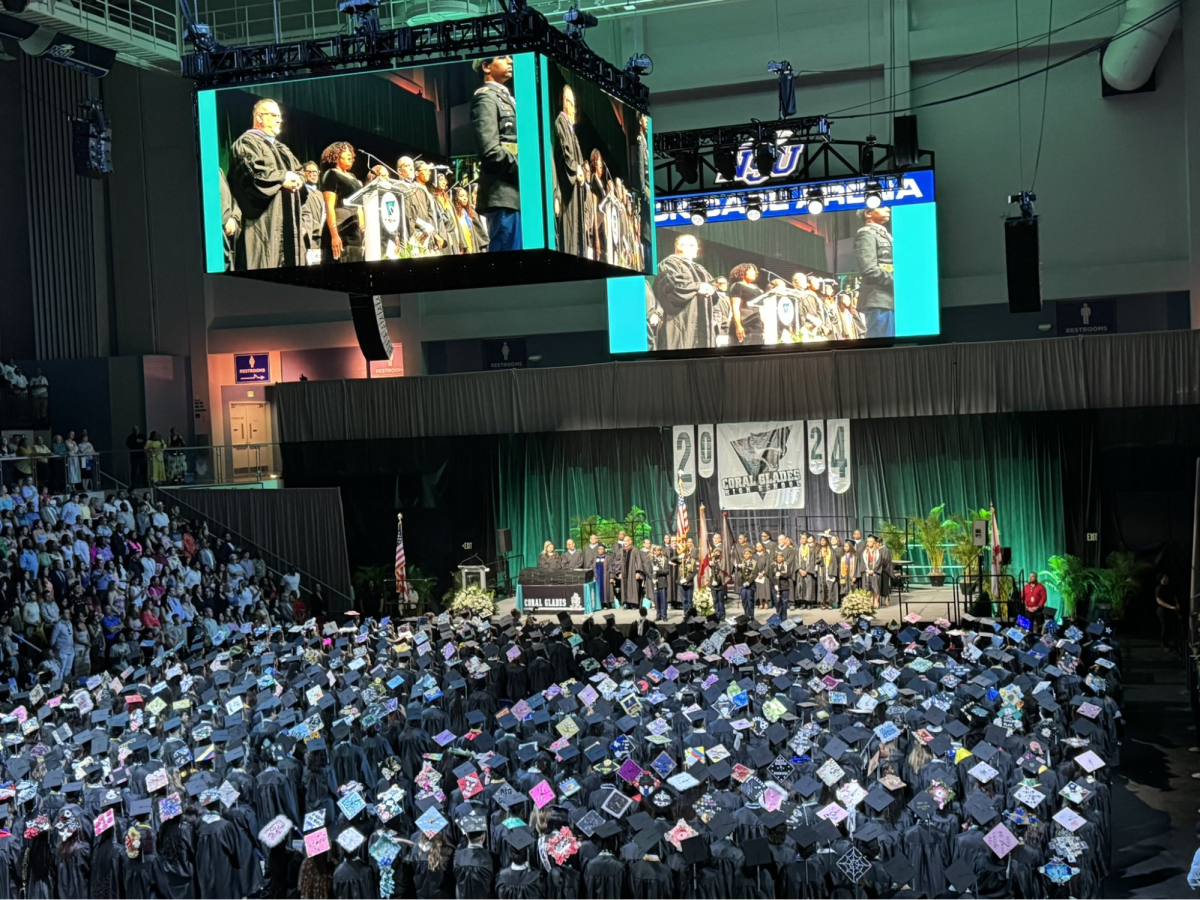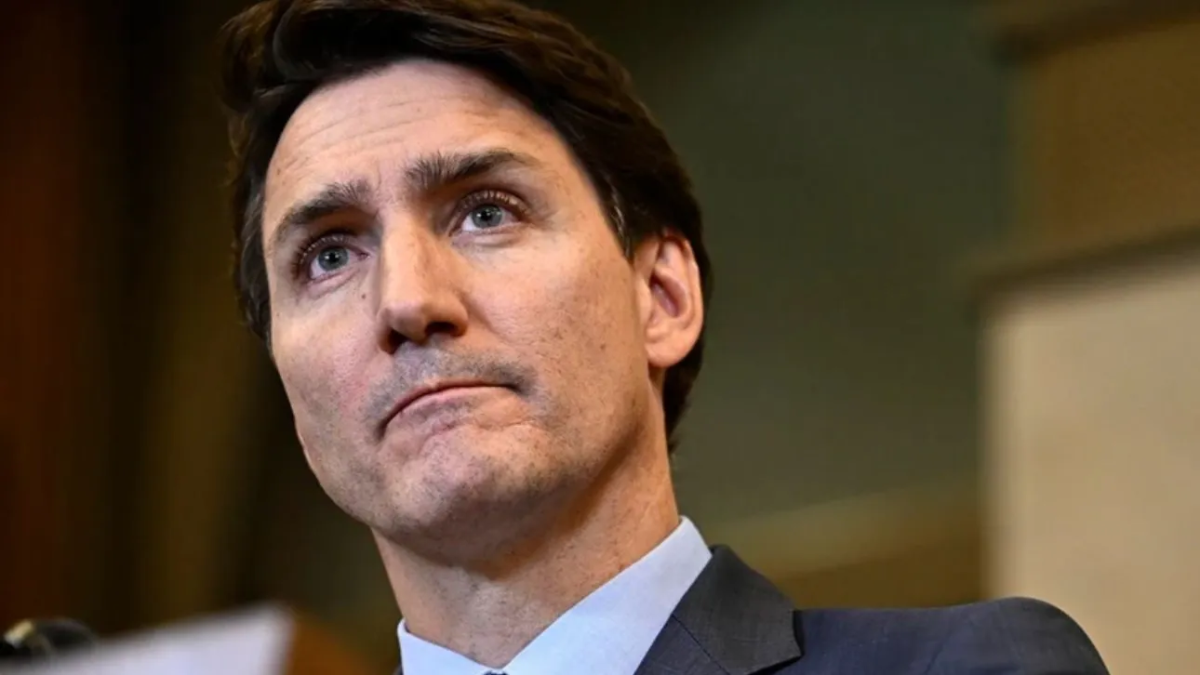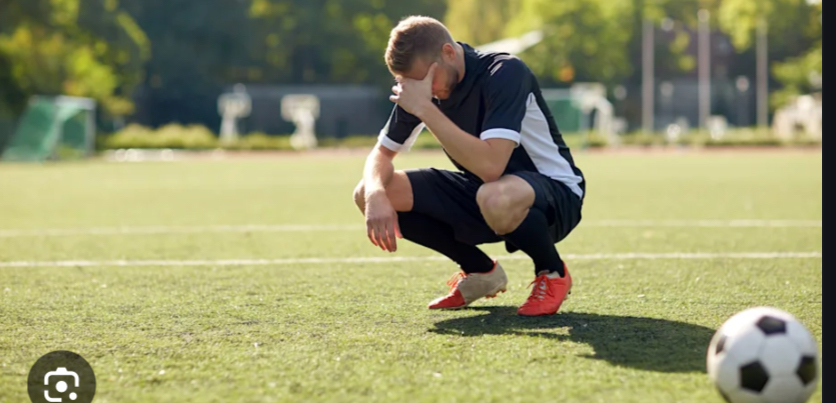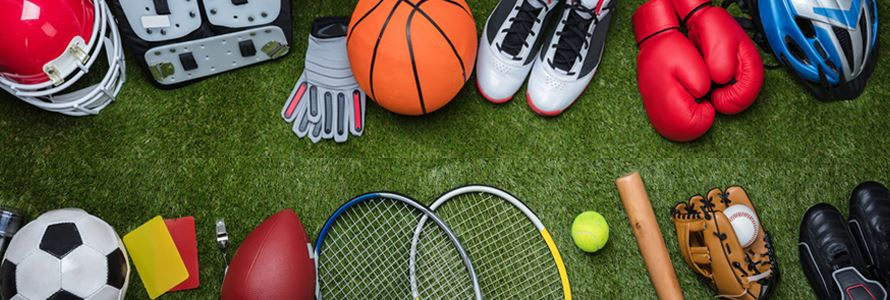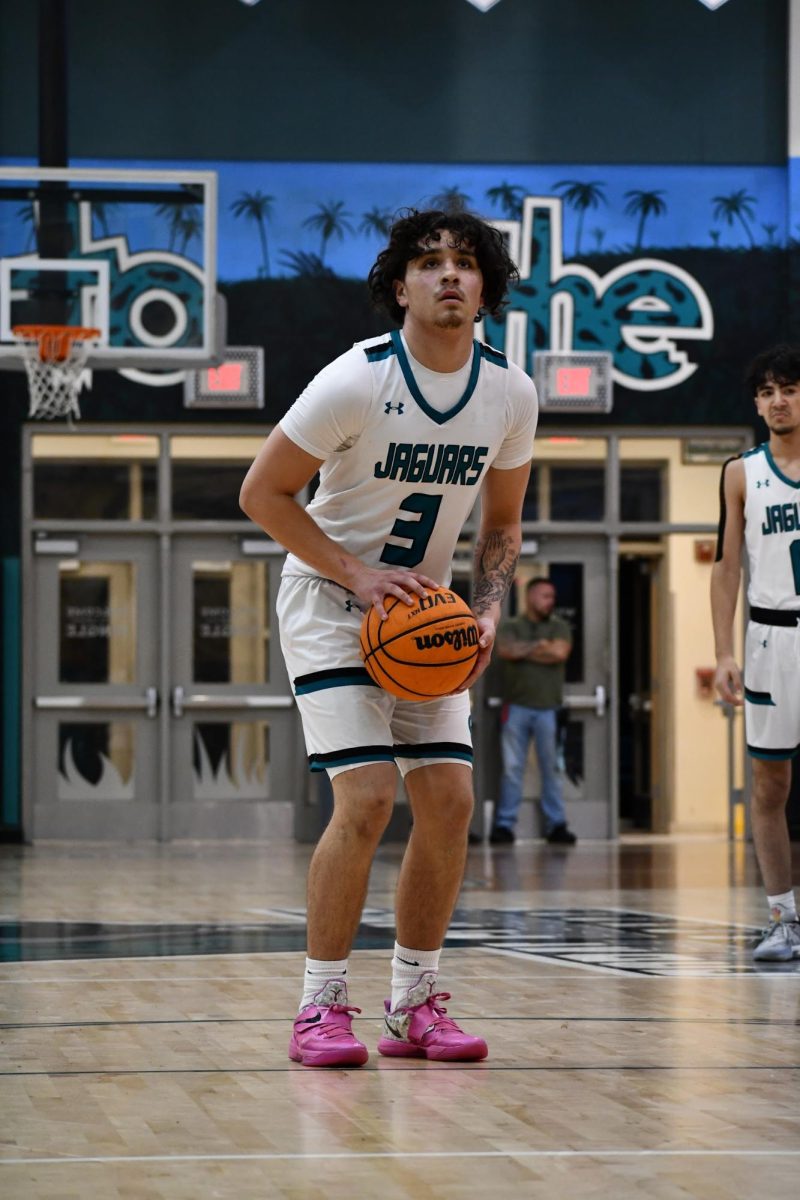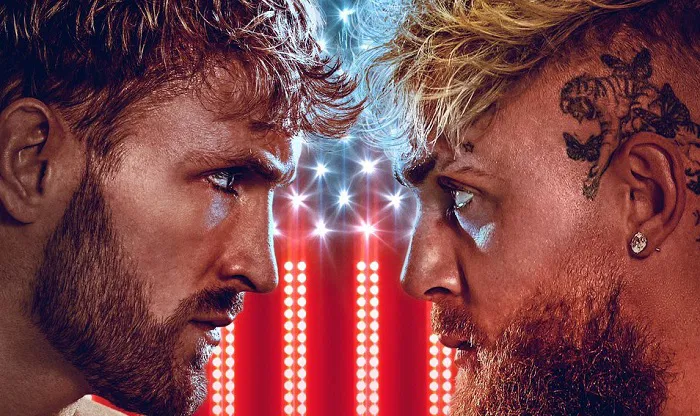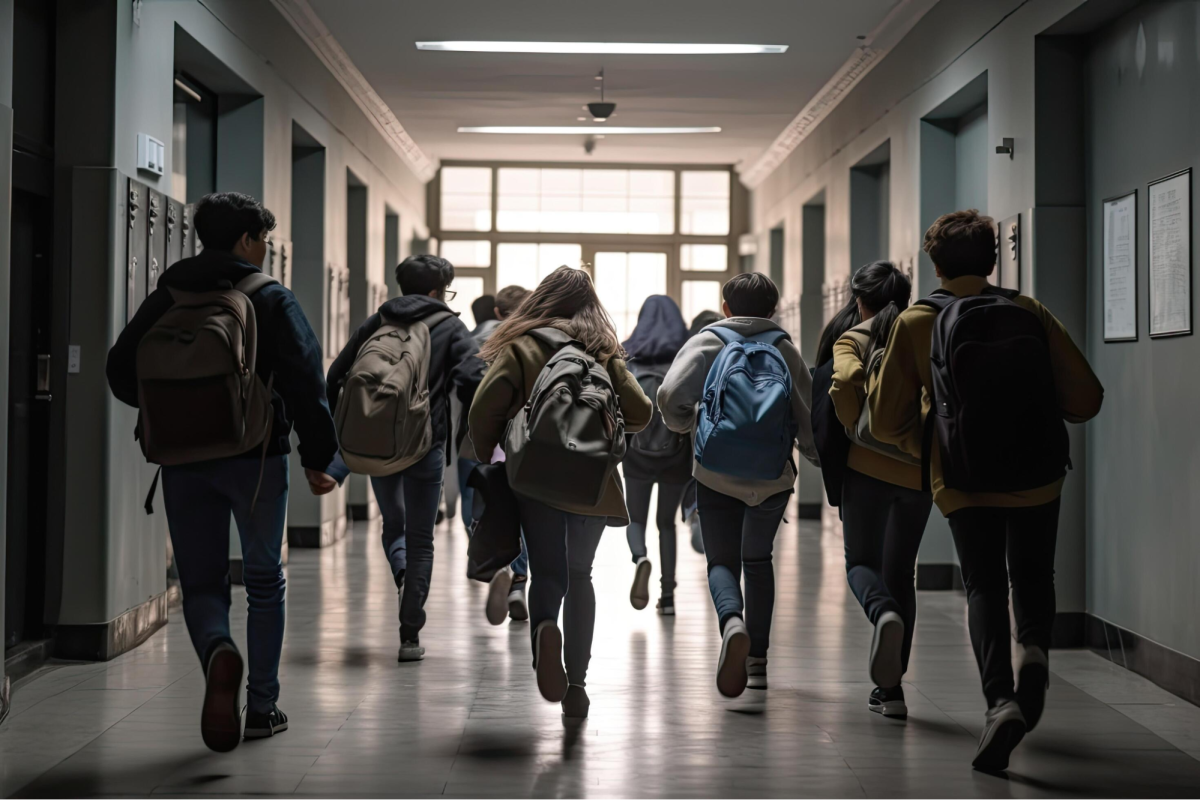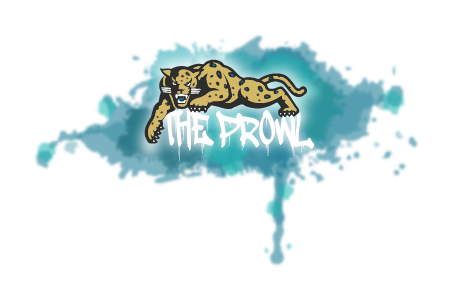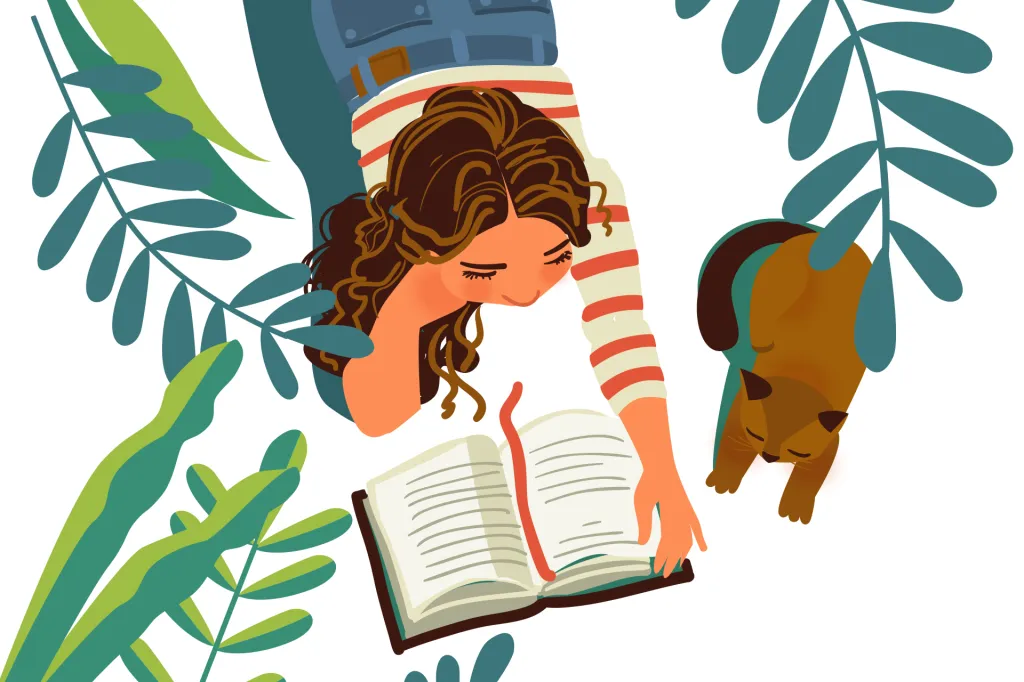School sports are integral to the educational experience, fostering teamwork, discipline, and physical fitness. However, the process of selecting athletes through tryouts is often marred by biases that can undermine the fairness of the competition. These biases can stem from various factors, including socioeconomic status, prior experience, and even the subjective preferences of coaches.
One of the most significant biases in school sports tryouts is socioeconomic status. Students from lower-income families may have limited access to training facilities, coaching, or specialized equipment, which can hinder their performance during tryouts. Conversely, students from wealthier backgrounds often have the means to access private coaching and participate in sports clubs, giving them an unfair advantage. This disparity can lead to a selection process that favors those with more resources, rather than those with inherent talent or potential.
Prior experience also plays a crucial role in the bias observed during tryouts. Many students who excel in sports have been involved in organized leagues or clubs from a young age, leading to a disparity in skill levels. This can disadvantage newcomers or those who have only played recreationally. Coaches may unconsciously favor athletes who demonstrate skills honed through years of practice, overshadowing the raw talent of less experienced players. This creates a cycle where only those with prior experience are given opportunities, perpetuating a system that excludes potential talent.
Additionally, biases can arise from the subjective nature of coaching. Coaches often have personal preferences, which can influence their decision-making during tryouts. This favoritism can manifest in many ways—whether through a bias towards students who are more outgoing or those who fit a particular physical mold. Such preferences can lead to the overlooking of talented athletes who may not fit the stereotypical image of an ideal player but possess the potential to excel in their sport.
Moreover, the culture surrounding school sports can contribute to bias. In some schools, certain sports are prioritized over others, leading to an imbalance in resources and attention. This can create an environment where athletes in favored sports receive more support and recognition, while those in less popular activities struggle to gain the same opportunities.
“In my opinion school sports tryouts are extremely biased due to the fact that the majority of time coaches have prior relationships with the players at the tryouts giving them a massive advantage when it comes to making the team.” Jacob Hines, a junior.
“I think school sports are biased because I feel like they pick students they know over new students that come in” Aisha Young, a sophomore.
To address these biases, schools must implement more inclusive and equitable tryout processes. This could involve anonymizing evaluations, providing equal access to training resources, and ensuring that coaches undergo training to recognize and mitigate their biases. By fostering a fairer environment, schools can help all students realize their athletic potential, enriching the overall experience of school sports.







